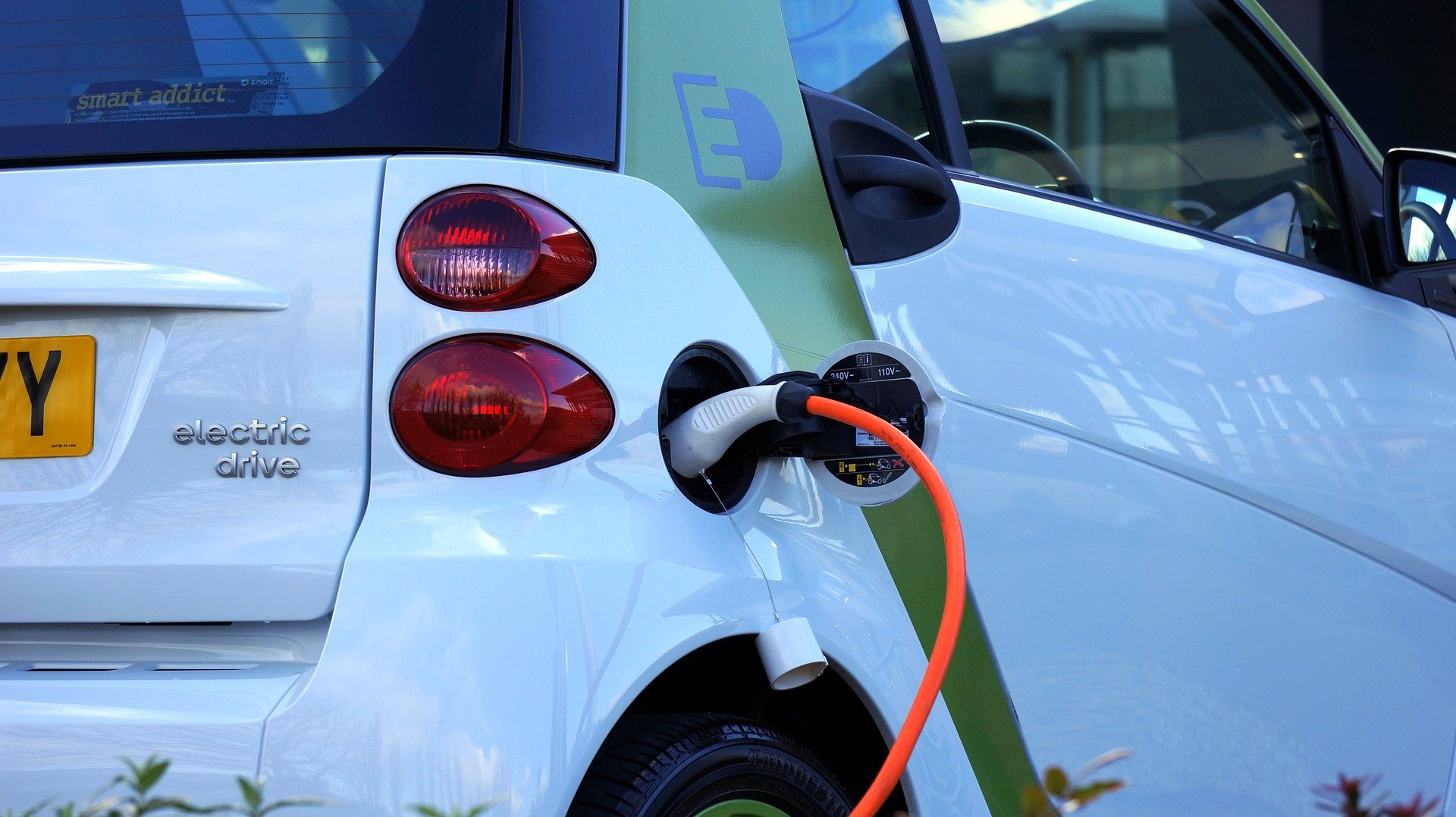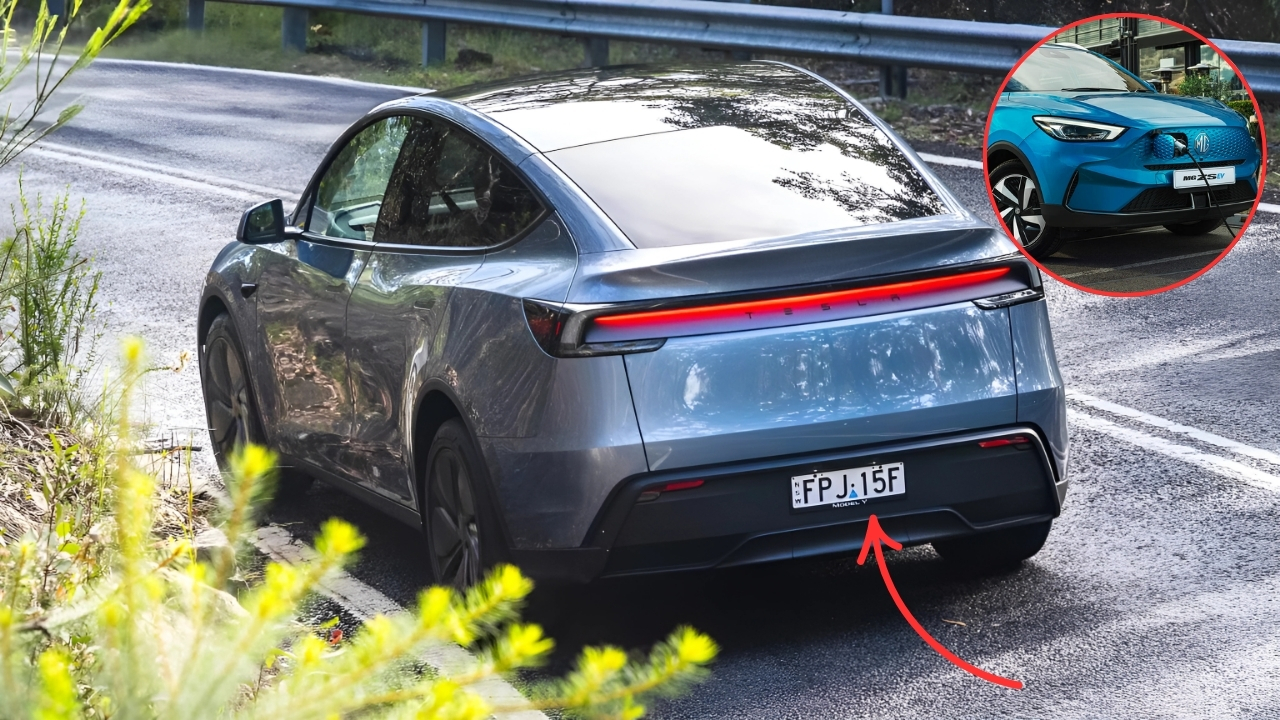Electric Vehicles : Australia’s automotive landscape experienced a remarkable contradiction in May 2025. While overall vehicle sales continued their downward spiral, electric vehicles demonstrated surprising resilience and market growth. The latest figures reveal a complex story of transformation, innovation, and shifting consumer preferences.
Total vehicle sales dropped 5.2% compared to May 2024, with 105,285 vehicles delivered nationwide. This decline represents the continuation of a concerning trend that has persisted throughout 2025. However, beneath these troubling headlines lies a different narrative for electric vehicles.
The Numbers Tell a Complex Story
May 2025 marked another challenging month for Australia’s automotive sector. The Federal Chamber of Automotive Industries (FCAI) reported that new vehicle registrations fell to 105,285 units. This represents a decrease of 5,814 vehicles compared to the same month in 2024.
The passenger vehicle segment suffered the most significant blow. Traditional passenger cars saw sales plummet by 33.3%, with 7,086 fewer units sold than May 2024. Light commercial vehicles also struggled, dropping 7.2% with 1,835 fewer sales recorded.
Yet SUVs bucked the trend, growing by 6.6% with an additional 3,962 vehicles sold. This segment now commands 60.4% of the total market, up from 55.8% in 2024. Heavy commercial vehicles faced their own challenges, declining 17% with 855 fewer sales.
Electric Vehicle Market Share Gains Ground
Despite the overall market contraction, electric vehicles have been steadily increasing their market presence. Industry experts note that EVs are capturing a larger slice of the pie, even as the total pie shrinks.
The New Vehicle Efficiency Standard (NVES) has created additional pressure on manufacturers to promote cleaner vehicles. This government initiative encourages carmakers to sell vehicles with lower CO2 emissions, naturally favoring electric options.
BYD’s remarkable surge exemplifies this shift perfectly. The Chinese automaker sold 3,281 units in February 2025, representing 1,732 more vehicles than February 2024. This growth trajectory has continued through subsequent months, establishing BYD as a major player.
Tesla’s Market Share Collapse Creates Opportunities
Tesla’s dramatic decline has been one of 2025’s most significant automotive stories. The American EV giant’s market share crashed from over 50% in late 2024 to just 8% by April 2025.
Several factors contributed to Tesla’s struggles. Consumer reaction to CEO Elon Musk’s political involvement has dampened enthusiasm among traditional Tesla buyers. Some owners have even rebadged their vehicles to distance themselves from the controversial figurehead.
Production transitions also played a role in Tesla’s declining numbers. The company halted deliveries of the standard Model Y while preparing for the launch of the refreshed “Juniper” variant. This created a temporary supply gap that competitors quickly filled.
Chinese Brands Lead the Charge

BYD, MG, and other Chinese manufacturers have capitalized on Tesla’s stumbles magnificently. These brands offer competitive pricing, advanced technology, and diverse model ranges that appeal to Australian consumers.
MG’s aggressive pricing strategy has proven particularly effective. The brand cut $10,000 off several models in late 2024, making electric vehicles more accessible to mainstream buyers. This approach has helped MG secure significant market share growth.
BYD’s diverse portfolio includes everything from affordable hatchbacks to luxury SUVs. The Dolphin Essential starts from just $32,138.45 driveaway for Victorian buyers, making it Australia’s cheapest EV option. Meanwhile, the Sealion 7 targets Tesla Model Y buyers with superior value propositions.
New Model Launches Energize the Market
2025 has witnessed an unprecedented influx of new electric vehicle models. Manufacturers from around the world have introduced fresh options to capture Australian buyers’ attention.
BMW’s new iX3 promises 25% better energy efficiency than its predecessor. The German luxury brand has embraced 800V architecture and advanced battery technology to maintain its premium positioning.
Volkswagen’s long-delayed ID.4 finally arrived after five years of postponements. The German manufacturer hopes this model will help it compete directly with the Tesla Model Y in the crucial mid-size SUV segment.
Cadillac’s Optiq represents American luxury brands’ electric ambitions. This compact SUV aims to leverage the generous FBT exemption while offering traditional American luxury values.
Government Policy Drives Change
The New Vehicle Efficiency Standard continues to reshape Australia’s automotive landscape. This policy framework encourages manufacturers to prioritize cleaner vehicles through financial incentives and penalties.
FCAI CEO Tony Weber has criticized the NVES implementation, arguing that consumer demand hasn’t matched supply increases. He notes that 88 EV models are now available in Australia, yet adoption rates remain below government projections.
EVC CEO Julie Delvecchio offers a more optimistic perspective. She describes current market conditions as a “watershed moment” for electric vehicle adoption. The EVC emphasizes that more than 250,000 Australians now enjoy annual savings of approximately $3,000 from EV ownership.
Regional Performance Varies Significantly
State-by-state analysis reveals interesting patterns in Australia’s automotive market. New South Wales showed relative resilience with only a 2.9% decline, while the Australian Capital Territory suffered a harsh 15.5% drop.
Queensland’s automotive market declined 2.6%, demonstrating better performance than many other regions. Victoria experienced a 4.7% decrease, while Western Australia saw a more significant 10.1% decline.
Tasmania faced particular challenges with sales dropping 14.8%. The Northern Territory also struggled with a 12.8% decrease, reflecting the unique challenges facing smaller markets.
Plug-in Hybrids Surge Dramatically
PHEVs have experienced remarkable growth throughout 2025, providing a bridge technology for hesitant buyers. The BYD Shark 6 plug-in hybrid ute became the third best-selling ute in Australia during its launch month.
Combined EV and PHEV sales reached record levels in March 2025, accounting for 14.25% of the total new car market. This milestone represents significant progress toward Australia’s electrification goals.
FBT exemption benefits for PHEVs created additional demand before policy changes took effect. Many buyers rushed to secure these tax advantages, boosting sales figures substantially.
Infrastructure Development Accelerates
Charging infrastructure expansion has accelerated dramatically across Australia. Major retailers, fuel companies, and specialized providers have invested billions in public charging networks.
Tesla’s Supercharger network continues expanding, though the company now allows other brands to use its facilities. This development has reduced range anxiety for many potential EV buyers.
Government investment programs have supported charging infrastructure development in regional areas. These initiatives aim to address one of the primary barriers to EV adoption outside major cities.
Looking Ahead: Market Transformation Continues
Industry experts predict that 2025 will mark a turning point for Australia’s electric vehicle market. Despite current challenges, underlying trends favor continued EV growth.
Price parity projections suggest that EVs will match petrol car prices within the next few years. Falling battery costs and manufacturing efficiencies will drive this convergence.
Consumer sentiment surveys indicate growing acceptance of electric vehicles among mainstream buyers. Awareness of environmental benefits and cost savings continues to improve.
Challenges Remain Significant
Charging infrastructure gaps still affect regional Australia significantly. While major cities have adequate coverage, rural areas need substantial investment to support widespread EV adoption.
Initial purchase prices remain a barrier for many consumers, despite improving value propositions. Government incentives help offset these costs, but more support may be necessary.
Battery technology concerns persist among some buyers, though modern EVs offer impressive range and reliability. Education programs could help address these misconceptions.
Frequently Asked Questions
Why are electric vehicle sales growing despite overall market decline? Electric vehicles benefit from government incentives, lower running costs, and increasing model availability, making them attractive even when total car sales fall.
Which brands are leading Australia’s EV market in 2025? Chinese brands like BYD and MG are gaining significant market share, while Tesla’s dominance has declined dramatically from over 50% to around 8%.
How do charging infrastructure limitations affect EV adoption? While major cities have adequate charging networks, regional areas still face coverage gaps that can deter potential buyers who regularly travel long distances.

